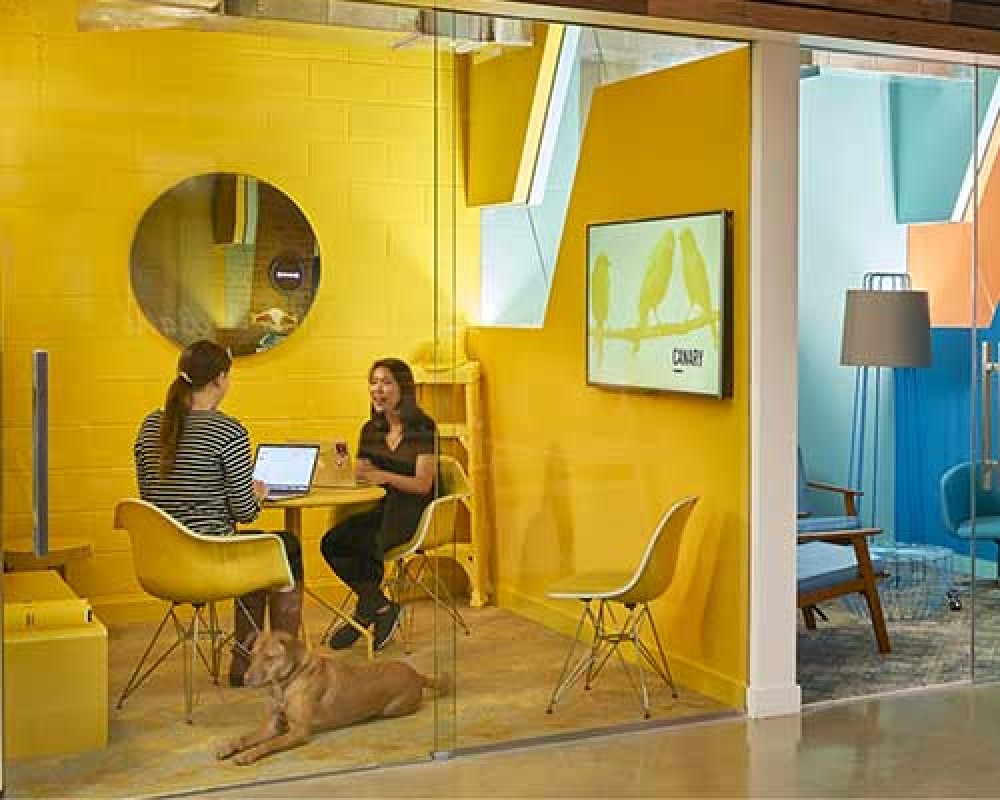

Studies have consistently shown the positive link between workplace environment and employee productivity. As offices are again welcoming employees back, they need to think about the facilities, ambient conditions and physical layouts that will best enable motivation and performance, while safeguarding against the spread of infection. In addition, there is significant focus on making these facilities energy-efficient to contribute towards organization’s sustainability targets. Modern building management, therefore, involves several strategic technological decisions to achieve the optimal balance of positive work conditions and eco-friendly choices.
Going forward, we will see significant progress in this regard. There will be a number of emerging building management trends to watch out:
Flexible workspaces
In the post-pandemic era, many offices are embracing hybrid or flexible office models, wherein employees come to work only two or three days a week while working from home on other days. There is also a shift towards renting coworking spaces rather than leasing a dedicated office, which cuts down on operational costs and also enables a flexible workday by allowing employees to work out of the space and during the hours most convenient to them.
Sustainable building infrastructure
With growing consciousness about the need to conserve resources, building managers are investing in solutions that reduce energy consumption. The use of more biodegradable materials, building designs that take advantage of natural light and air, recycling more and optimising HVAC systems for maximum efficiency are all important emerging trends.
Data-driven building management
Building managers are recognising the key role that data plays in informing choices about building upgrades, maintenance and usage. For instance, data on room usage by hour and day can help schedule maintenance visits for when the rooms are empty, to minimise contact.
Centralised management
Now that work-from-home is a regular feature, managers are recognising the merit of a central, remotely-controlled dashboard that collects data input and facilitates instant deployment of changes. Elements like temperature, lighting, humidity, UV sanitisation and auto-alerts can be controlled from a
single system that managers can log into from anywhere. With these trends, some key technologies are making their way intobuilding management:
Smart HVAC – HVAC
It is the bedrock of every building’s internal environment, and modern technologies enable precise control over every aspect of temperature and lighting in addition to cutting down on energy usage. Through a sensor-based system, temperature, humidity and lighting can be tweaked to maintain optimal conditions for productivity while taking advantage of natural light as needed.
Building Information Modelling (BIM)
This involves using digital models to design physical spaces in granular detail. It allows for informed decisions about energy consumption and the utilisation of space without the hassle of an on-site inspection, thus enabling minimum contact and maximum accuracy.
VR/AR
With the need for an engaging office experience that enables work to happen and a culture to thrive even when workers are remote, many companies are investing in VR-based virtual offices. These have multiple immersive applications, from making holographic office spaces with avatars for each employee to creating 3D models that team members can collaborate on. This also helps to visualise parts of the building that may require repairs, for better preparedness.
Machine learning and artificial intelligence
These are critical tools in predictive building management, which enable repairs and updates to happen in advance of actual issues based on historical data points. It can also be leveraged to suggest important upgrades, such as installing an additional elevator based on data about employee footfall.
Business needs have evolved considerably , following the break out of Covid-19 pandemic. Employees have higher expectations for workplace safety and flexibility, and technology needs to keep pace with that. By fostering a culture of continuous improvement in building design and maintenance while keeping employee wellbeing at the core, building management can come into its own as a leader in technology adoption and a driver in overall business productivity.
1
2
3
4
5
6